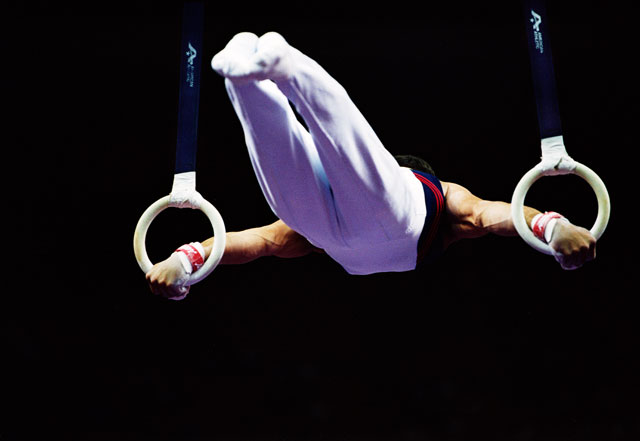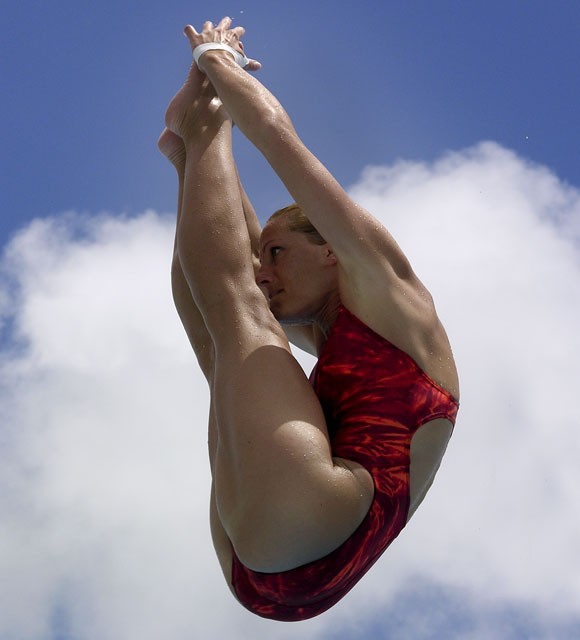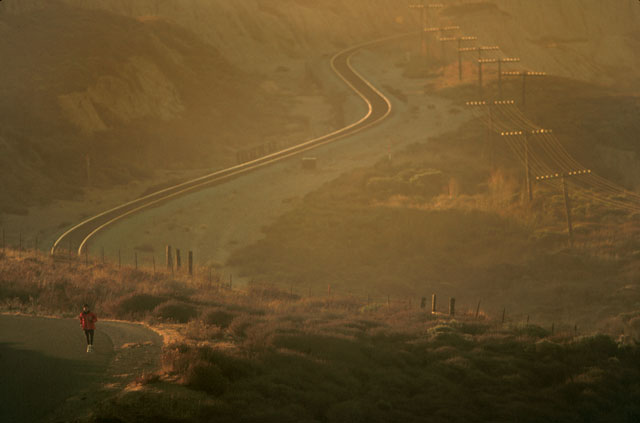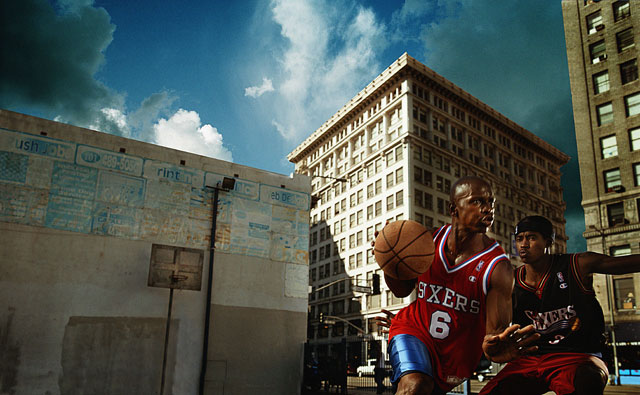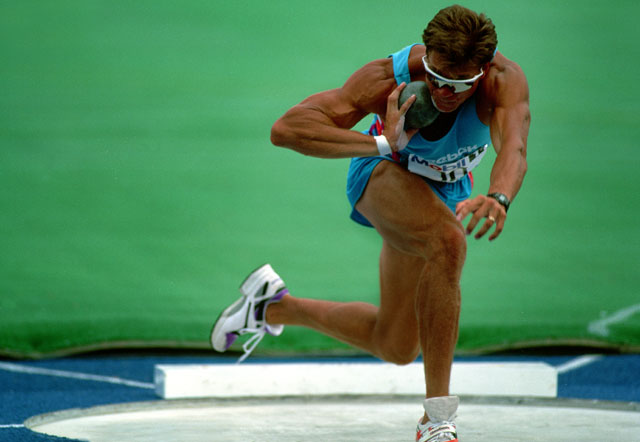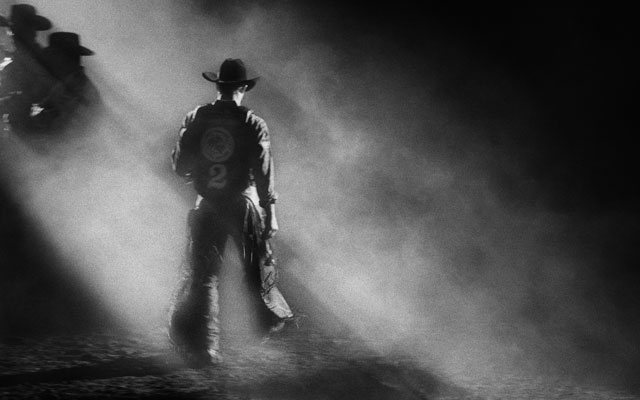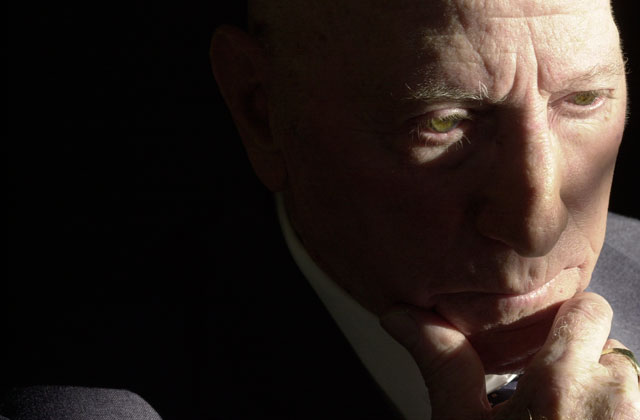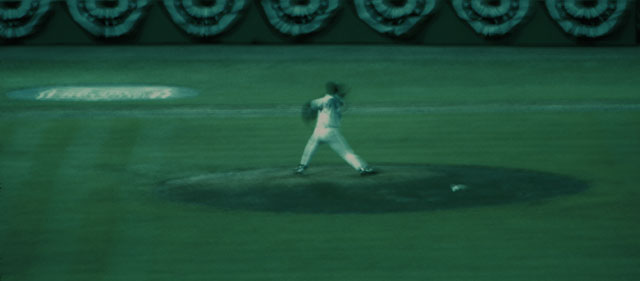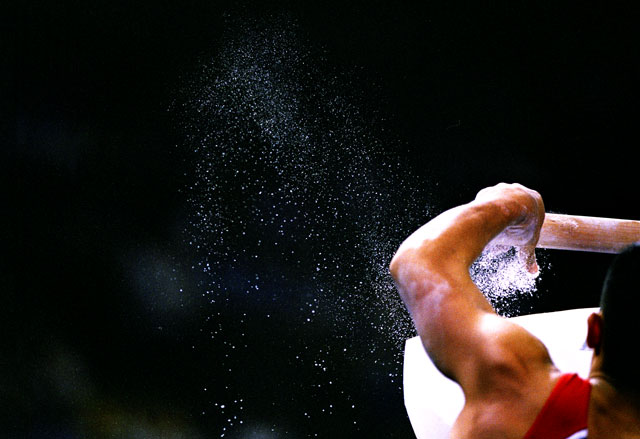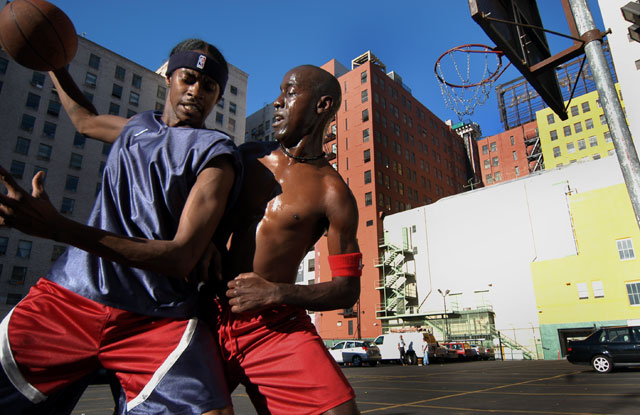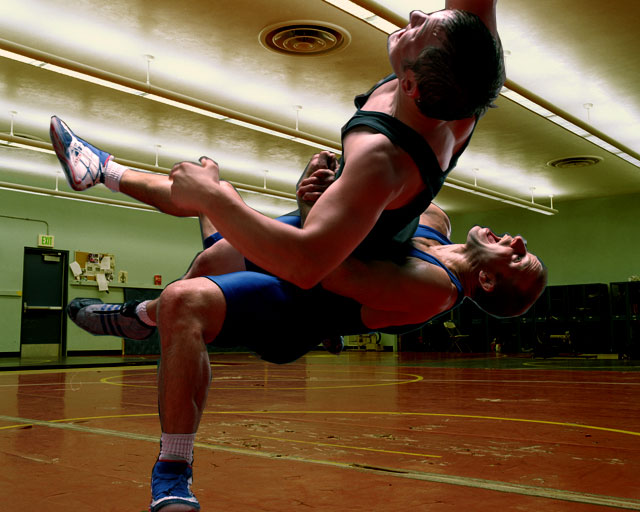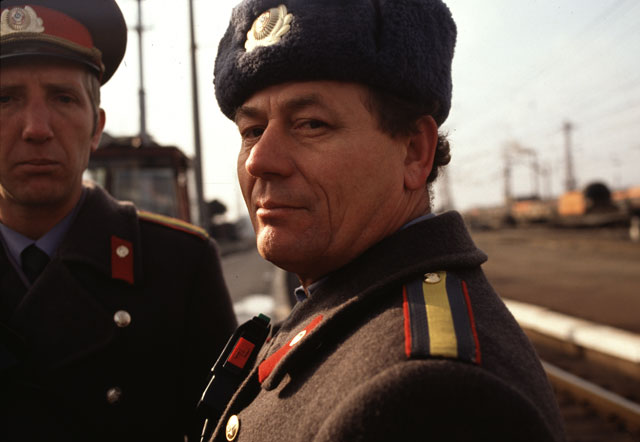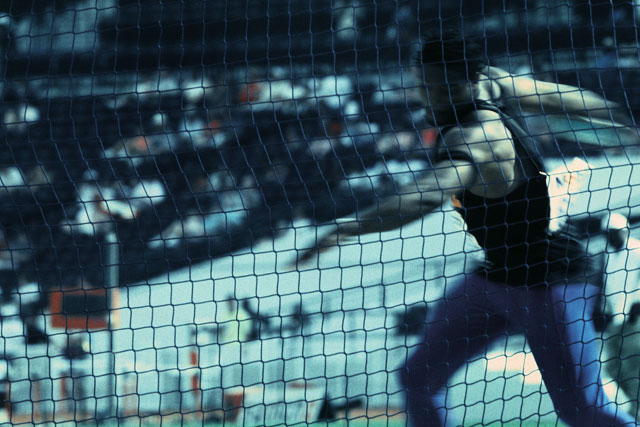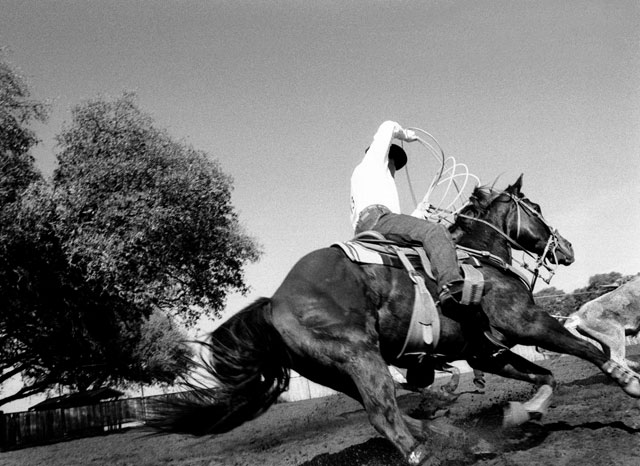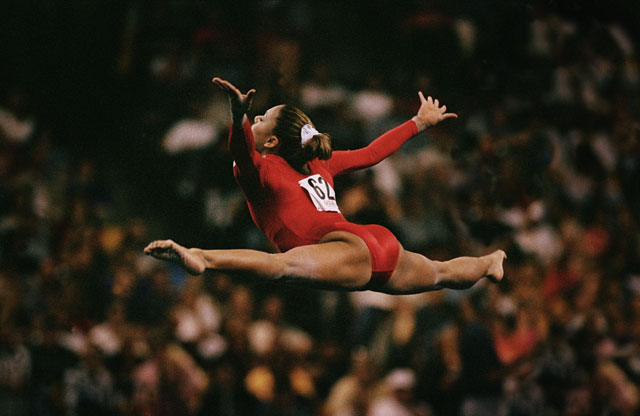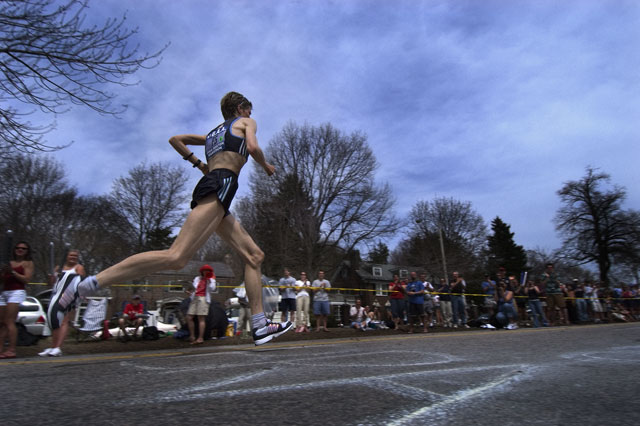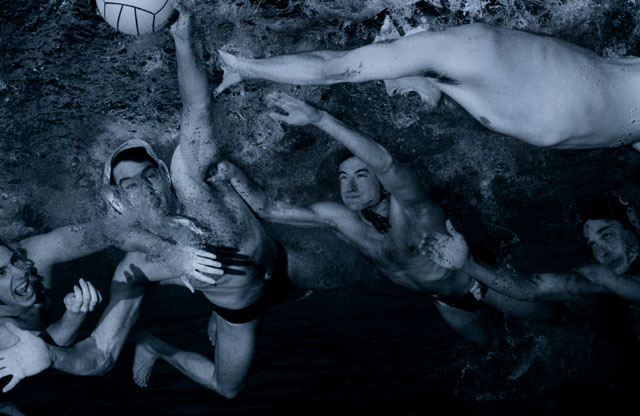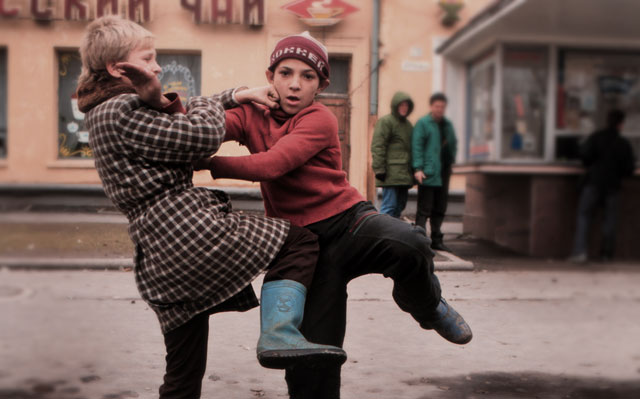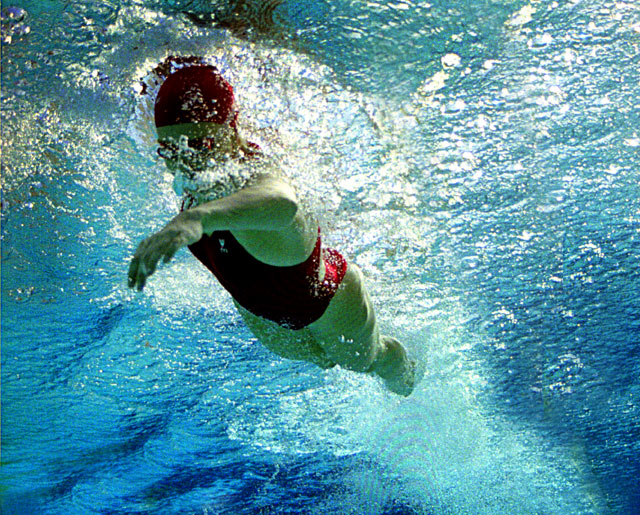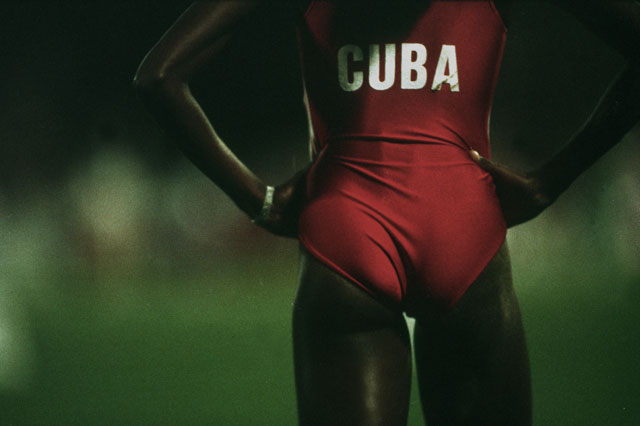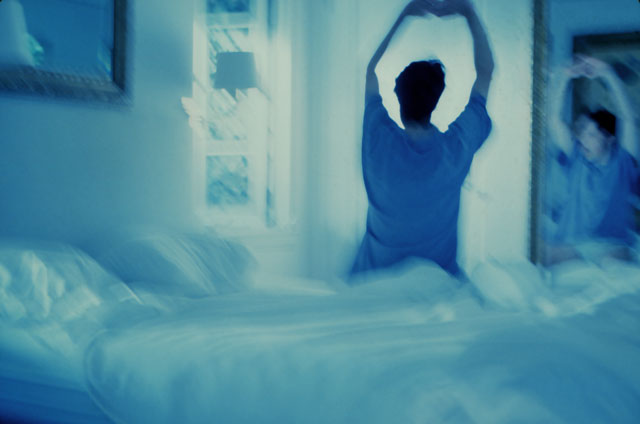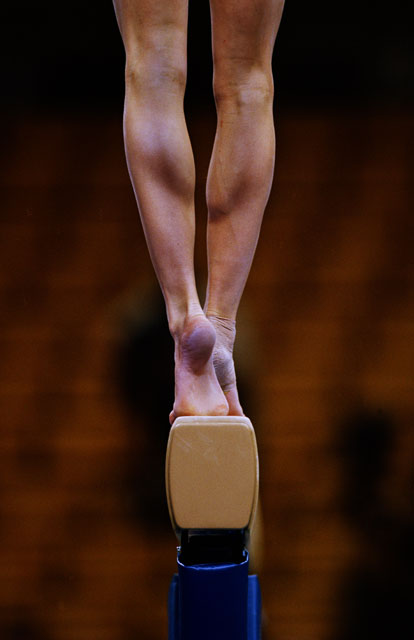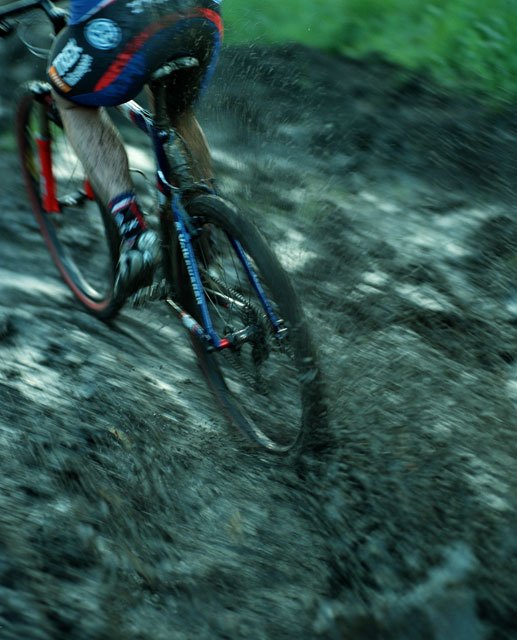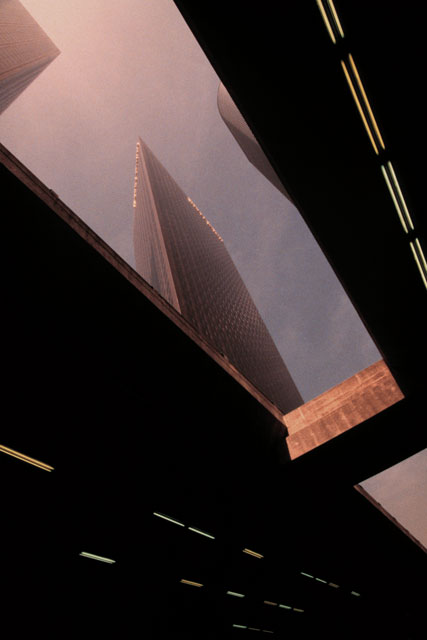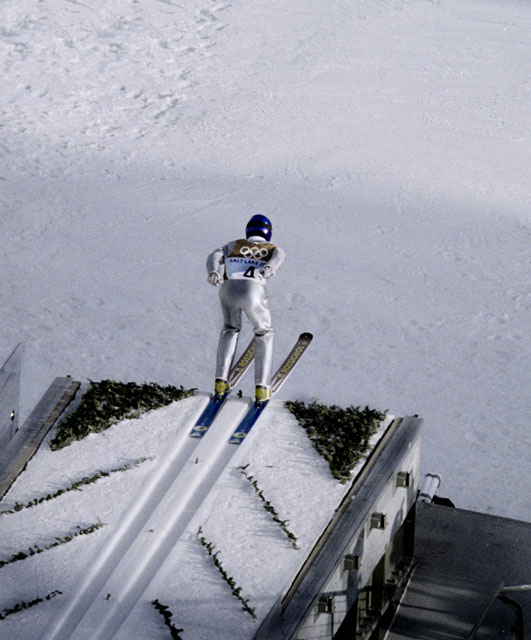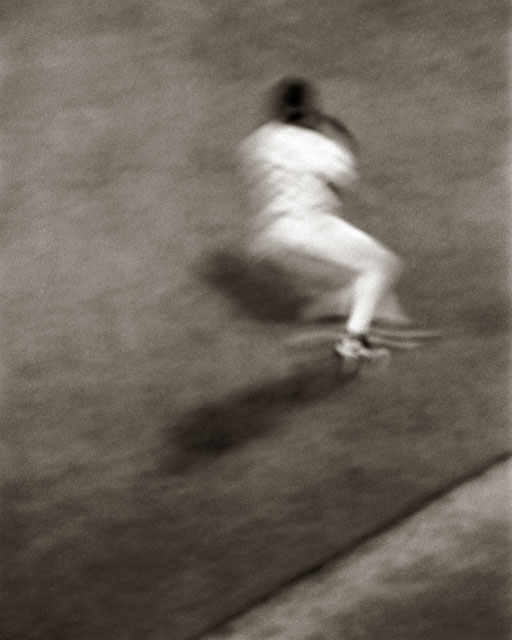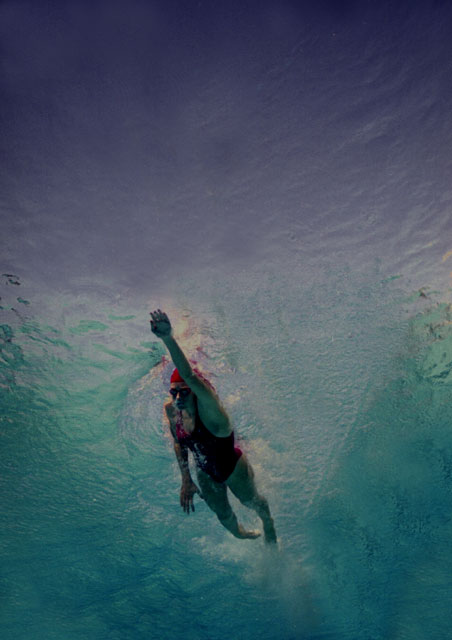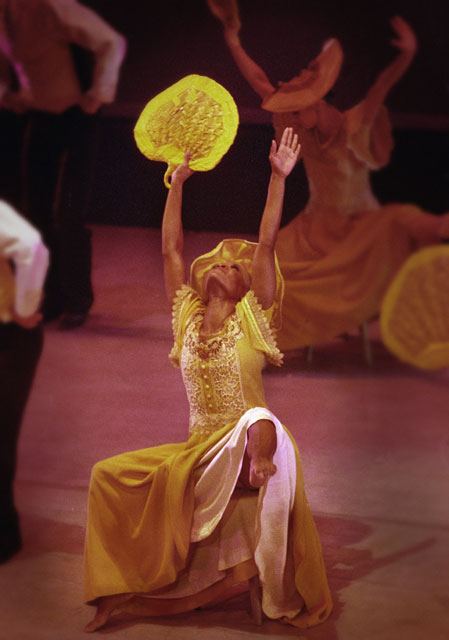Photographing Commercial Assignments with a Sports Angle
John Huet is a Nikon Legend Behind the Lens.
"Are you making this up as you go along?"
The question came from an assistant John Huet hired for a shoot in San Francisco. John's answer was, "Absolutely. I do my best work that way."
John was in the middle of the first day of shooting for a major ad campaign, and the assistant, who had never worked with him before, was puzzled by John's approach. "We had certain situations the client wanted to cover,"John says, "but within the general idea—which was to photograph a tennis serve—I could do whatever I wanted. So I shot three different variations with different backgrounds, different angles, different lighting techniques. That's my favorite way to work."
John's been working that way for over 20 years, shooting advertising and commercial assignments that most often have a sports angle, which makes it vital for the look of the images that his models are athletes. "[They should] not only know how to do the sport, but...look like they play the sport—they've got to be physically right for it." His clients include Nike, Adidas, BMW Motorcycles, Microsoft, the NBA, Wrangler and Nikon.
"I like to be able to show up and experiment," John says of his working method. "I don't make a lot of conscious decisions about a shoot until I get there." He also doesn't do a lot of experimenting before the fact. "I'll say, okay, let's try this technique or idea. I don't run a lot of film or lighting tests. Until I'm actually out there photographing the assignment, I don't know what I'm going to do. I just go with what I think is right at the moment."
It makes for an edgy way to work, but as John says, "That's my personality. I get bored very easily and have to keep pushing myself."
And he prefers clients who'll go along for the ride. "I like the agency that says, okay, here's the general idea—like, keep it in the sports world—but do what you want and come back in a week and show us what you've got. Maybe they've seen something in my portfolio that they like and we'll go with that as the basis of an idea. I'm just finishing a Fila campaign that's working that way. The premise is 'the art of sports,' and that's what I was given to go on. They gave me tennis, yoga, running and skiing. I had a day to do each one. The casting and locations were pretty specific and decided on ahead of time, but when it came to the actual photography, they pretty much let me do whatever I wanted."
And what he wants, always, is to come up with the better image.
"I make a conscious decision not to do a run-of-the-mill shot," John has said. "I don't settle for just putting film in and getting the right exposure. There's so much more I can do—angle, motion, background, filters, pushing and pulling film. I don't put the camera on automatic and shoot—that'll work fine, but I want to break away from that."
He's always looking for ideas for his photographs. "I look at an enormous amount of photography, but I also look at painting and sculpture for ideas and inspiration. I think everybody looks around to a certain extent, but I'm a stickler about not plagiarizing. Too many photographers think they are the best photographers, and what they're really doing is ripping off the best photographers."
John not only likes to make the decisions about what to shoot, but also about what to show. "The problem I have in advertising is that if I give people a lot of options, they'll take a lot of options. And they might not take the one I want. I've had that happen—one idea I really liked and should have just stuck with that and not showed anything else. Then they'd have had to use that one. They ask for a lot of options, and a lot of times those options diminish what I thought the photograph should be, and the option they picked in one particular case was, to me, the weakest."
If there's a difference of opinion about an approach to a job, John prefers that it not come down to him doing what the client wants and then shooting his own way and offering his take as an option. "I'd rather convince them of my concept before we ever get there," he says.
You have to be pretty strong in your convictions and have a lot of self-confidence to work like that. John says a lot of that confidence comes from successfully doing the job for a long time. "Hey, if the phone keeps ringing...."

